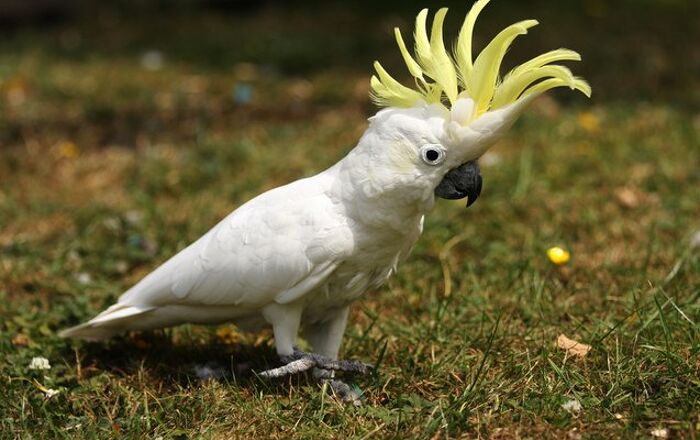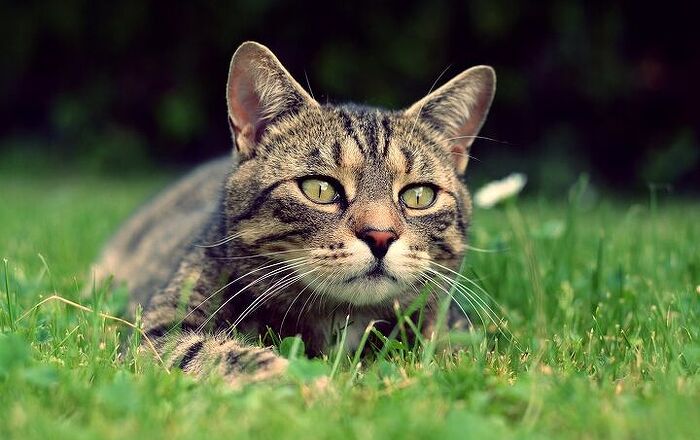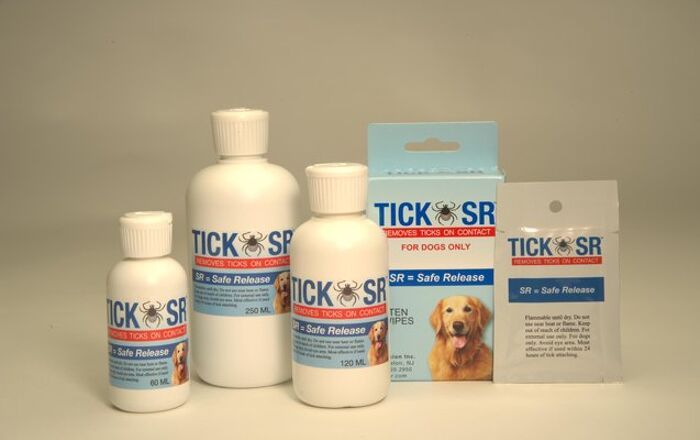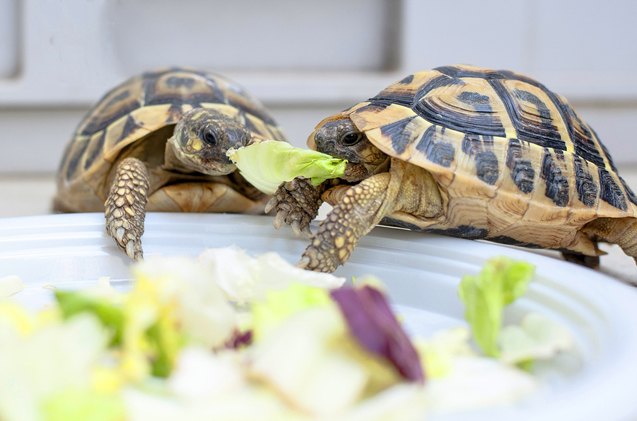
Chicken Turtle General Info
There are three species of Chicken Turtle, and they are the Eastern Chicken Turtle, the Florida Chicken Turtle, and the Western Chicken Turtle.
The shell of Chicken Turtles will vary, but many of them feature lovely yellow and green rings.
Native Habitat
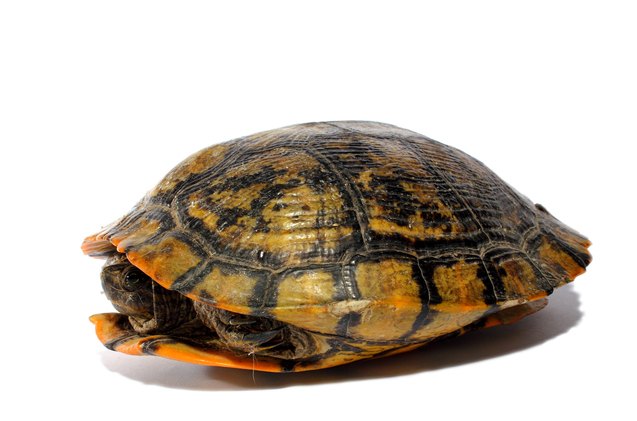
The three types of Chicken Turtle are seen in wild habitats in Virginia, and their range extends south all the way to Florida, as well as westward to Missouri, Texas, and Oklahoma. The Western Chicken Turtle, in particular, is mainly found to the west of the Mississippi River, while the Eastern Chicken Turtle will be found to the east of the Mississippi River. Also, the Eastern Chicken Turtle’s range does not extend as far north as the range of the Western Chicken Turtle. The Florida Chicken Turtle is found only in the lower two-thirds of the state of Florida.
These animals prefer lakes, swamps, ponds, and other bodies of water that provide a soft substrate and a lot of vegetation.
Overall Description
Chicken Turtles feature large eyes that are inquisitive looking, and they also have distinctly long and striped necks. They also feature a carapace that is pear shaped and showcases a net-like pattern. The feet are webbed to help them swim with ease.
Adult females are larger than males, but when these turtles are born, they are a mere 1” in diameter. Males will also feature a thicker and longer tail, along with longer claws on the front feet.
The Western Chicken Turtle can be distinguished by its flatter carapace when compared to other Chicken Turtle subspecies.
They will sometimes be seen wandering on land as well.
You can keep more than one Chicken Turtle in the same enclosure.
Colors
The shell of Chicken Turtles will vary, but many of them feature lovely yellow and green rings. The carapace is usually anywhere from an olive color to dark brown. These turtles also feature a plastron that is yellow, and their rump will have vertical stripes. You will also easily notice a broad yellow stripe on the two front legs.
The Eastern Chicken Turtle will showcase a duller color compared to Florida Chicken Turtles. They will also have narrow brown or green lines on their carapace, along with black markings on the underside of the rear and lateral marginals. There will even be a narrow band of color on the carapace rim.
On the other hand, the Florida Chicken Turtle will have broad yellow or orange lines on its carapace, along with a wide band of color on its carapace rim, but there will not be any markings on its plastron.
The Western Chicken Turtle will have faint, broad lines on its carapace, along with dark markings on the plastron seams.
Environment
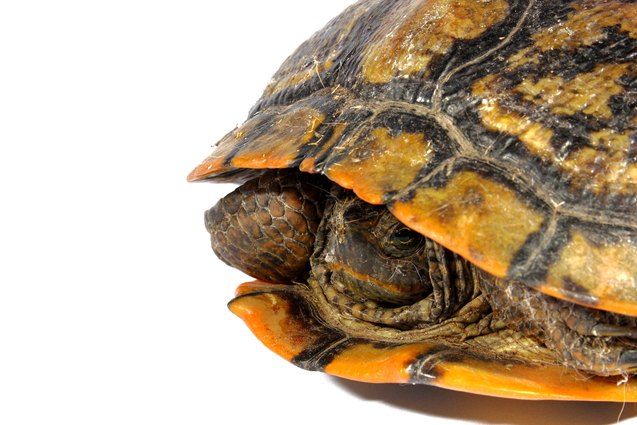
To keep your Chicken Turtle happy and healthy, you can set up an indoor or an outdoor enclosure that provides clean water with basking areas. If you have more than one Chicken Turtle living in the same enclosure, you will likely find them basking together, so piles of stones, pieces of driftwood, and large branches are good options for creating multiple basking spots.
An indoor enclosure could be constructed using a large tub that is at least 20” deep, 84” long, and 48” wide. You can also use a tank that is at least 75 gallons for one or two adult males, or at least 125 gallons for one large female. Whatever enclosure you choose to use, make sure there is a high quality water filtration system in place, along with a UVB light shining down from above. You also need to set up a warm basking area, as your Chicken Turtle will spend a lot of time basking. And, finally, add both underwater and floating plants, along with driftwood, to the enclosure.
For an outdoor enclosure, you can use an outdoor pond. However, these turtles will hibernate, so you need to set up a moderately cool area for hibernation, depending upon the type of Chicken Turtle you have. The Florida Chicken Turtle, for example, will remain healthy with a mild resting or cooling period. However, the Western and Eastern Chicken Turtles are more temperate, so they can use a hibernation period, especially to promote courtship and mating in spring and summer.
Water depth should be about 2/3 of the enclosure, and you can add a soft substrate to the bottom. The air temperature should be set to anywhere from the mid 70s to 80s Fahrenheit, while the basking area should be heated to around 85-90°F. The water temperature should also be maintained around the mid 70s Fahrenheit for adults.
Chicken Turtles are alert but shy.
Care Requirements
Hatchling and young Chicken Turtles will feast upon tadpoles, crayfish, and aquatic insects. However, as these turtles grow, they will become more omnivorous, so they will eat increasing amounts of plant material.
You can feed your turtle a commercial pelleted diet, as well as invertebrates, fish, and non-toxic aquatic plants and leafy greens that include water hyacinth, water lettuce, watercress, kale, romaine lettuce, and carrot tops.
Behavior
You can keep more than one Chicken Turtle in the same enclosure, and you can also keep them with other turtle breeds that are not aggressive and have similar needs. Beware that these turtles will compete for food, and that could lead to injuries.
Overall, these turtles are alert but shy, so they will dive into the water as they see someone approaching if they are basking. However, they do eventually become comfortable and tame, and they will end up coming to the surface to see if any food is being offered.
Photo credit: abhbah05/Bigstock; talitha/Bigstock

